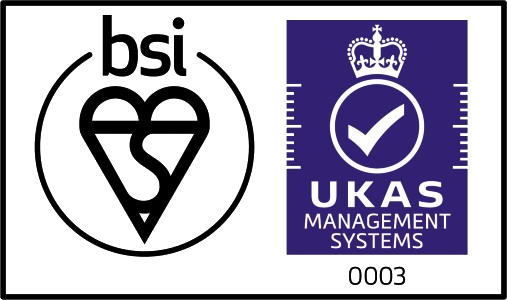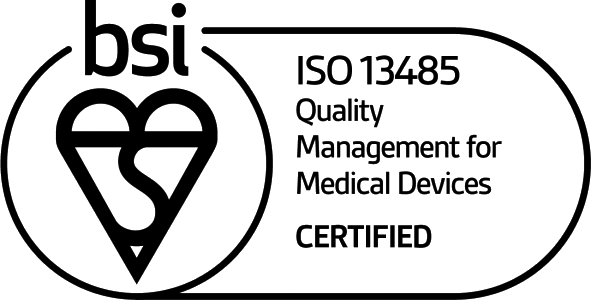T-POD® Pelvic Stabilizer
1. What is simultaneous circumferential compression?
When a sheet or other width of material is wrapped around the hips and tightens, it pulls harder at some points than at others. The inward pressure is not equal or balanced, causing uneven closure. Simultaneous circumferential closure compresses at every point around the pelvis with even, equal pressure.
2. Why is simultaneous circumferential compression so important?
Uneven closure and binding of the pelvis may result in incomplete closure of a pelvic fracture, continued blood loss, and less reduction in pain. An even, lateral, simultaneous compression of the pelvis ensures safe, effective and secure closure.
3. Can a patient be x-rayed while wearing T-POD®?
Yes. T-POD® is 100% radiolucent, x-ray, MRI, and CT scan compatible.
4. Can a patient have an MRI or CT scan while wearing T-POD®?
Yes. T-POD® is 100% radiolucent, x-ray, MRI, and CT scan compatible.
When to Use T-POD®
1. Should I put this device on all patients suspected of a pelvic injury?
Yes, you can use T-POD® on every patient suspected of pelvic injury. Not only does it reduce bleed-out and medical complications associated with pelvic injury, it has also been shown to be an important tool for pain management.
2. Are there any contraindications for this device?
There have been no contraindications found with T-POD®. Not using it, however, could jeopardize the outcome and health of your patient.
3. Can T-POD® Pelvic Stabilizer be used on children?
Yes, however, children under 50 lbs (23 Kg) may be too small to achieve the 6 inch gap needed for closure.
4. Can a simple bed sheet be used to provide compression?
The bed sheet was the very first attempt to fill the need for a pelvic sling. Unfortunately, optimal tightness is extremely difficult to achieve and required considerable torque. Pressure also loosens over time. As well, with a bed sheet, the pelvic ring is rarely ever completely closed, compromising patient safety and comfort.
Using T-POD®
1. Can the device be placed over clothes?
Yes. However, in all patient care situations, it is always a good idea to remove clothing for proper patient assessment.
2. How much pressure is required to place T-POD® successfully?
The patented Mechanical Advantage® pulley allows T-POD® to be easily drawn closed with one hand and without straining.
3. How long can the device be kept in place?
The Manufacturer recommends replacing the T-POD® after every 24 hours before definitive treatment begins. Health care providers must release tension every 12 hours to check for skin integrity and provide wound care as necessary.
4. How is the groin accessed for interventional radiology (angiography)?
T-POD® was designed to allow easy access for angiography while not compromising the compression achieved with the device. Simply cut out a notch in the fabric in the appropriate area.
5. Can anyone apply the device?
Yes, it is safe for any health care provider to apply once basic training has been provided.
6. Is T-POD® fully radiolucent?
Yes. T-POD® is 100% radiolucent, x-ray, MRI, and CT scan compatible.
7. Can T-POD® Pelvic Stabilizer be used on children?
Yes, however, children under 23 Kg (50Lbs) may be too small to achieve the 6 inch gap needed for closure.
8. How long can the device be kept in place?
The Manufacturer recommends no longer than 24-48 hours before definitive treatment begins. Health care providers must release tension every 12 hours to check for skin integrity and provide wound care as necessary.
T-POD® and Safety
1. How tightly should the device be closed?
Ideal tension is assured by leaving the 6-8” gap in the front when cutting the belt. You will feel resistance as the T-POD® tightens around the pelvis providing stabilization and compression. The health care provider should be able to put 2 fingers underneath the belt to ensure it does not over-tighten.
2. Is it possible to over-tighten T-POD®?
Yes. To prevent over-tightening always ensure 2 fingers can be fit under a placed T-POD® Pelvic Stabilizer.
3. Can T-POD® be re-used?
No. T-POD® should not be re-used for 2 reasons:
1. It is custom-cut to fit each patient
2. Universal blood/body-fluid precautions must be followed.



